What’s the difference between a pest rodent and native marsupial?
Barry Clare | Posted on |

Identifying which rodent pest has taken up residence in your home or business is key to getting rid of them. But, can you tell a brown rat from a house mouse? A roof rat from a native possum? It’s not easy! Below, we’ve summarised some key characteristics so you can tell one from another.
In Australia, there are three main rodent pests that cause the most problems – the roof/black rat, the Norway/brown rat and the house mouse. They carry fleas and disease as well as damaging property and contaminating food.
Fast on their feet it’s not always easy to tell the three bad guys from protected native marsupials, such as a possum or antechinus. If you trap, kill or relocate the wrong animal you could find yourself in trouble with the law.
If you think you have a rodent problem, the first step is to correctly identify which furry visitor is scurrying around your property. To help you, we’ve pulled together some common characteristics of each animal to help identify a native marsupial from a pest rodent.
Roof/Black Rat
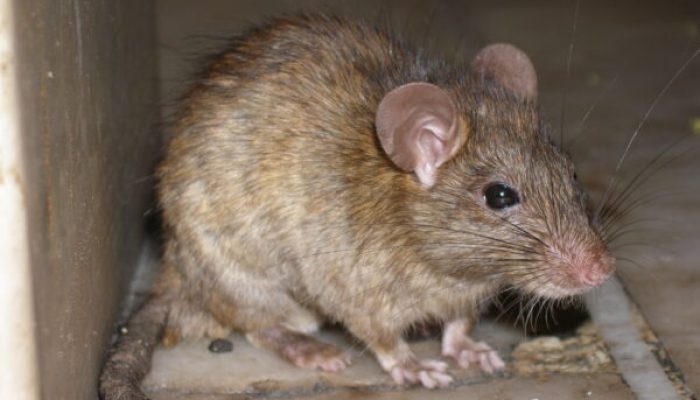
200-500g
Pointed muzzle and a thin body.
Longer than head and body.
Large and prominent. They stand out from the fur.
In trees.
High locations – roof void (in insulation) and wall cavities. Needs to be close to a water source.
12.5mm on average, with pointed ends.
House Mouse

20g
80-150mm
Small head and body.
Equal length to the head and body.
Prominent and large for the size of animal.
In burrows.
Any warm, dry, dark confined space. Usually within 10m of a food source.
6mm on average with pointed ends.
Norway/Brown Rat
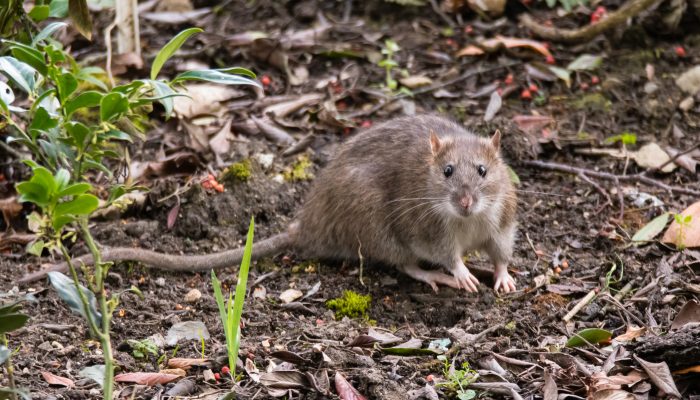
350 – 450g
Blunt muzzle and thick body.
Shorter than the head and body.
Small, close set and half buried in the fur.
In burrows.
Basements and under concrete slabs.
They need to be close to a water source.
19mm on average with blunt ends.
Brushtail/Ringtail Possum
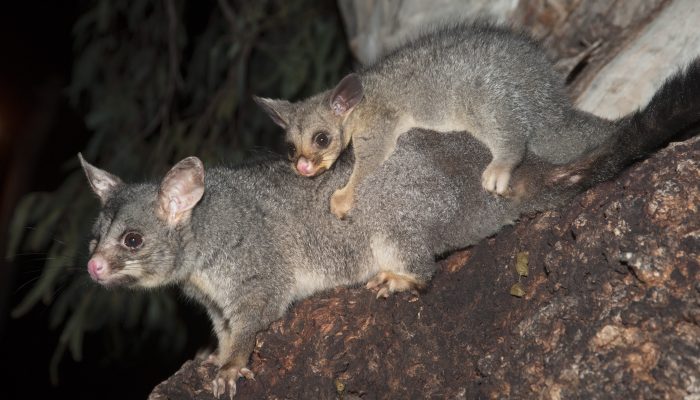
Up to 4.5kg
Up to 980mm
Large eyes and a thick, heavy body.
Furry and shorter than the head and body.
Large, prominent with fur on the back.
In tree hollows or in nests made of twigs.
In roof voids.
Brushtail: Up to 20mm. Cylindrical with rounded ends, can be in strings.
Ringtail: Shorter cylinders.
Antechinus

16-170g
80-250mm
Long pointed head.
Equal length to the head and body.
Large, thin and crinkly with a notch.
Within fallen logs.
Various locations on ground floor.
Communal nests during winter.
Contain insect fragments and crumble easily.
Rats and mice are difficult to get rid of! And, there’s more to rodent control than buying a supermarket trap or chucking some bait into the roof void. Identification is the first step towards elimination, but if you’re unlucky enough to have a rodent problem, you need a trained professional that understands nesting habits, foraging behaviour and food preferences.
AllPro Pest Control has years of rodent experience. We provide fast, safe rodent control and baiting programs. You can read more about our rodent control or call us now on (07) 3446 5841.

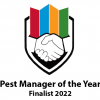

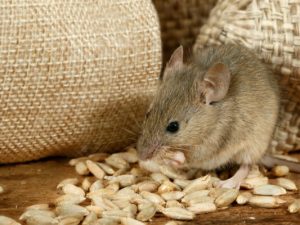
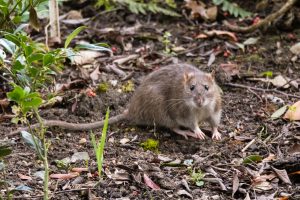


Leave a Reply
You must be logged in to post a comment.